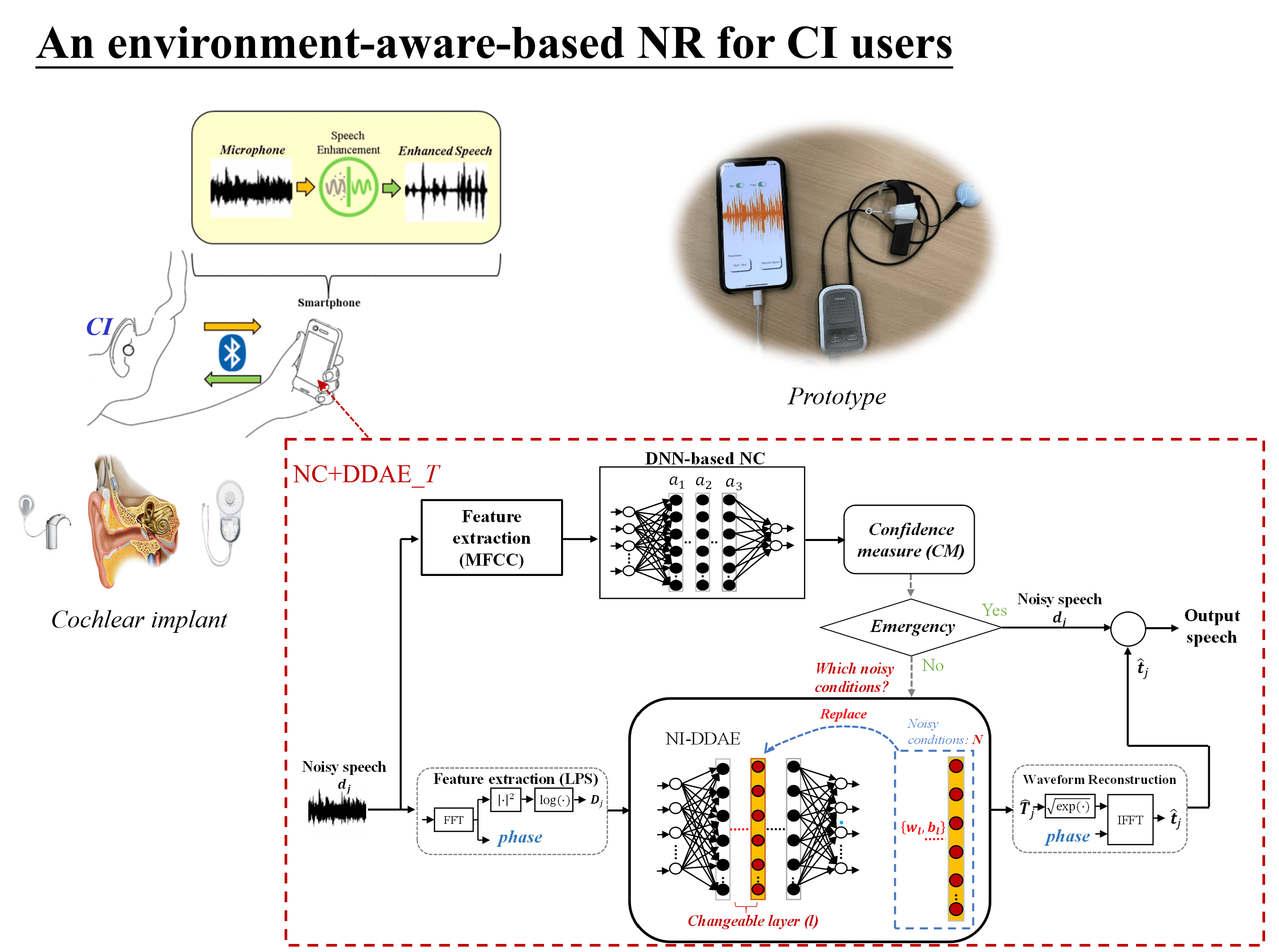| Technical Name | The prognosistreatment recommendation for cardiac arrest incident- Unitedmultiple neurological model for automatic prognosis. | ||
|---|---|---|---|
| Project Operator | MOST AI Research Center at National Taiwan University | ||
| Project Host | 黃建華 | ||
| Summary | This technique aims to automatically compute the GWRassist doctors to make the most appropriate decision in the emergency department. It is important to know the outcome as early as possible. To derive the only prognosis factor within the early 24 hours. We apply image registration to map the segmentations of those specific tissues onto the HCT. Unlike other automatic methods, the proposed method calculates GWR in the same formulas as the manual method. Moreover, we solved the problem that manual calculation is unable to compute GWR in real-time. We achieve high correlation coefficient with the manual method. That is, the technique is not only automatic but also reliable. |
||
| Scientific Breakthrough | "Only the gray-white matter ratio (GWR) of brain computed tomography can predict the prognosis of cardiac arrest patients within 24 hours. Current medical research still has some limitations, such as a small enrolled database, operator differences.etc. We have collected more than 8,400 patients with out-of-hospital cardiac arrests according to the Integrated Medical Database, National Taiwan University Hospital. It mapped brain CT images via the 3D standard braincalculated the gray-white matter ratio automatically. Finally, the AI machine learning model is used to re-examinemodify itself. We aimed to reduce operator differenceseventually improve the accuracy of prognosis prediction." |
||
| Industrial Applicability | This technique has importance, demand, feasibility,possibility in the emergency department. GWR is an important prognosis factor for cardiac arrest patients. About 10,000 CT scans need the GWR calculation. Moreover, the retrospective study might need a huge amount of GWR calculation. This technique is landing in NTUH now. We proved the feasibility of the proposed technique by inferences in a prospective study. In the future, we can integrate our technique with otherscreate a more complete AI-aided system. |
||
| Keyword | gray-white matter ratio head computed tomography cardiac arrest event image registration prognosis prediction return of spontaneous circulation computer-aided system machine learning emergency department brain hypoxia | ||
- Contact
- Hsin-Han Tsai
- hhtsai@cmlab.csie.ntu.edu.tw
other people also saw







